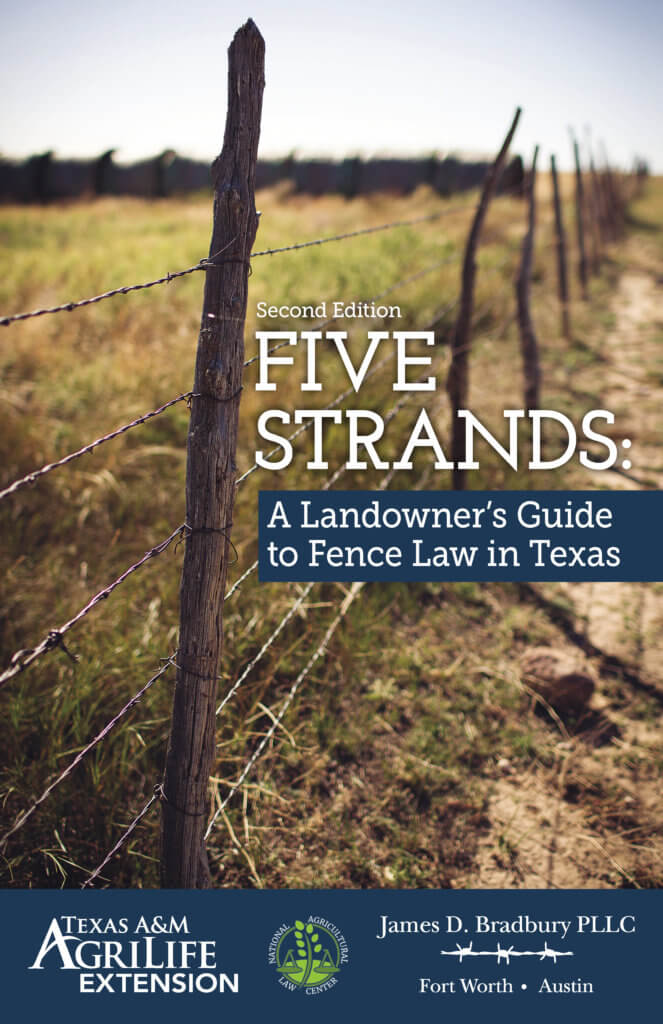Common Questions About Texas Livestock Laws
Chapters 142 through 146 of the Texas Agriculture Code contain most of the laws pertinent to the ranching community:
Chapter 142: Estrays
Chapter 143: Fences; Range Restrictions
Chapter 144: Marks and Brands
Chapter 146: Sale and Shipment of Livestock
The entire Texas Agriculture Code: statutes.legis.state.tx.us.
The entire Texas Transportation Code: statutes.legis.state.tx.us.
Here are answers to questions we are frequently asked:

